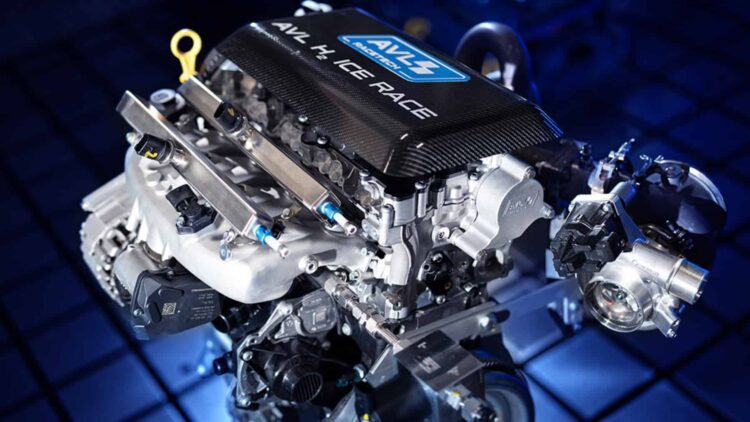Electric Motors and the Future of Energy Efficiency in Manufacturing
Electric Motors and the Future of Energy Efficiency in Manufacturing
Blog Article
In the pursuit of sustainable alternatives, electric motors are significantly acknowledged as critical participants in the transition to green energy. Whilst the international community grapples with the consequences of climate change and the desperation to reduce carbon footprints, these mighty Motor Innovation are paving the way in which for solution, more effective power consumption.
The Rise of Electric Motors
Electric motors have been with us for decades, but their relevance has surged in new years. The reason why? A collective push towards alternative energy places and eco-friendly technologies. These motors, unlike their fossil-fuel-burning competitors, operate on energy, which is often procured from green power such as solar, breeze, and hydroelectric power. By harnessing such clean energy, electric motors provide a pathway to substantially reduce emissions and reduce reliance on polluting power sources.

That shift is not merely theoretical. Real-world applications highlight the functions of electric motors in making more sustainable systems. From powering electrical vehicles (EVs) to driving commercial machinery and family appliances, their usefulness is unmatched. Organizations and consumers likewise are start to understand the advantages of lower power expenses and paid down environmental impact.
Benefits Beyond Efficiency
The benefits of electric motors increase beyond just power efficiency. They are noted for their toughness, requiring small preservation compared to conventional engines. This implies lower working expenses over time and fewer sources used on repairs and upkeep. Such qualities cause them to become very appealing to industries looking to enhance creation while sticking with environmental standards.
Moreover, electric motors work quietly, reducing sound pollution in downtown areas. This is particularly useful in densely filled towns where sound reduction is as critical as emission control. The silent function of electric motors in public places transfer, for instance, makes city living nicer and less demanding, contributing to a standard better quality of life.

Paving the Way for Innovations
The integration of electric motors into today's technology has spurred a wave of innovation. Businesses are trading heavily in study and growth to improve engine effectiveness and adaptability. Breakthroughs in resources and design have led to lighter, better engines that can be utilized in a variety of applications—from drones and robotics to renewable energy generation.
Furthermore, advancements in battery engineering are complementing electrical generator development. Greater batteries mean longer-lasting energy for electric motors , making them a practical choice for a lot more applications. This synergy between batteries and motors is just a important component propelling the development of the electric vehicle market, where selection anxiety has been steadily improved by these technical strides. Report this page